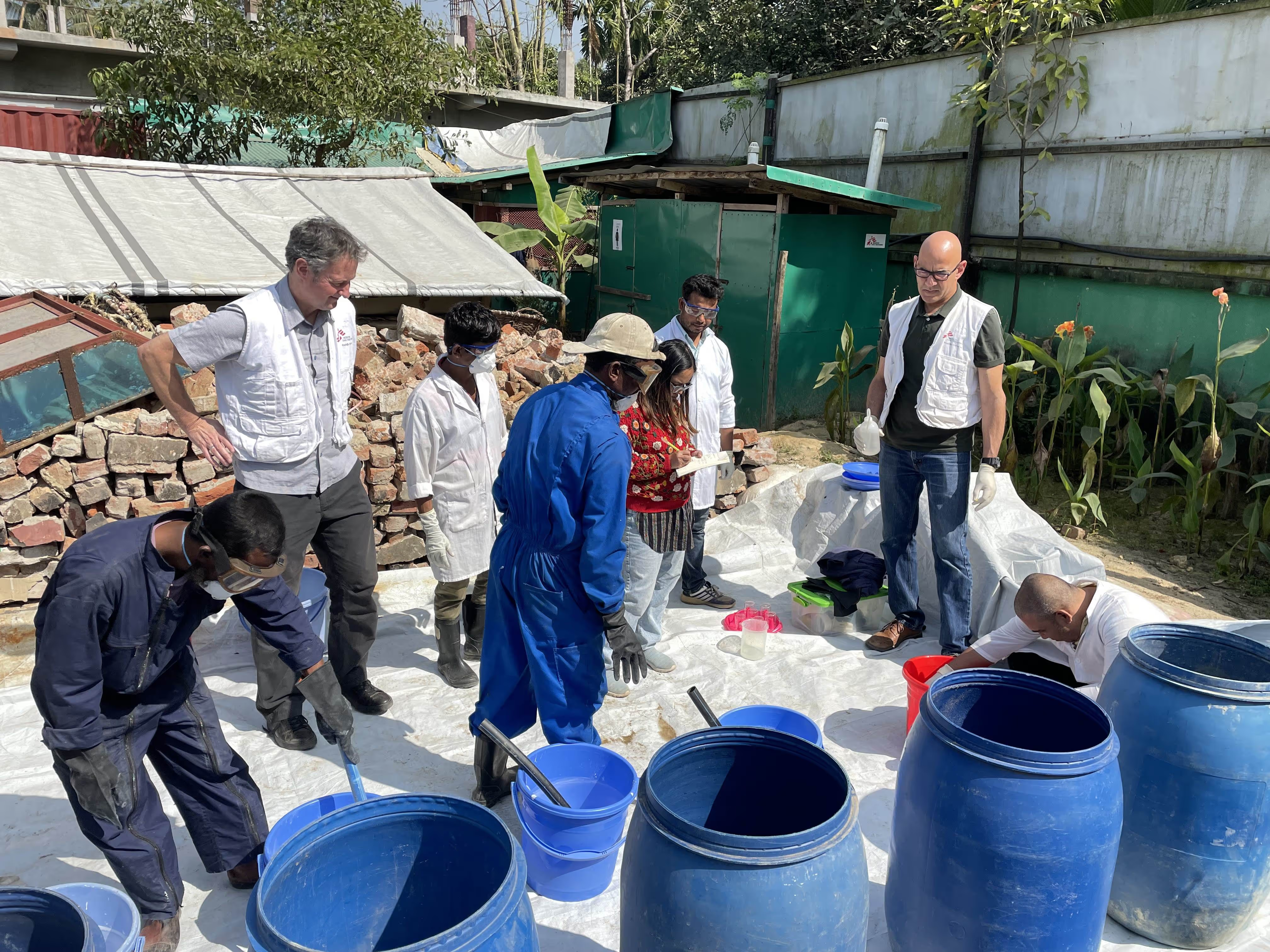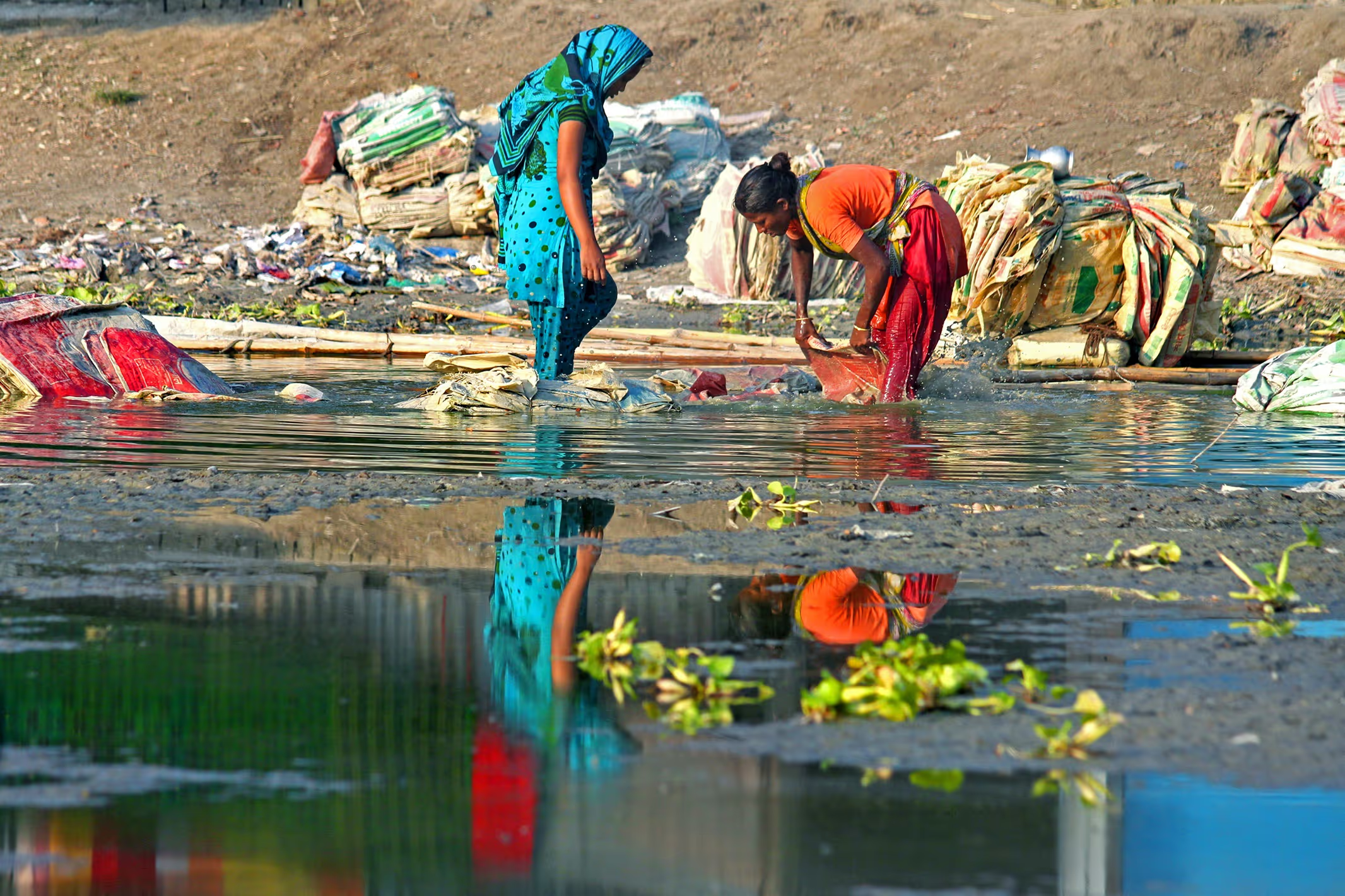What do we mean by “technical evidence”?

Blog written by Kate Crawford and Silvia Bolaños, UCL
We are now fully up and running and even have a bilingual blog this time to make up for our radio silence.
As expected, part of this project has been to figure out what we mean by “technical evidence”, whether it is useful in its current format and what we could do to make it more useful.
We don’t want to go back to the bad old days of trying to import technology that doesn’t fit the context, or technology that never gets used because it’s expensive or unfamiliar. But we still think there is a place for sound technical evidence, especially after urban earthquakes.
By technical evidence we mean the analysis and advice generated by engineers and other built environment professionals. Typically, these people are trained to understand the dynamics of earthquakes and of different structures as well as some of the processes, activities and costs associated with building. Good seismic engineers can also diagnose why things fell down and what is wrong with construction materials or techniques.
In theory, this should be really useful after a disaster to:
- help mobilise resources
- estimate the cost of rebuilding
- and ideally, contribute to answering questions of people who have been affected like:
- what are my options?
- can I repair my home quickly?
- is an earthquake the worst thing that could happen to me next?
- do I need to look or lobby for a safer place to live?
The thing is that the technical evidence is not always as useful as we want it to be. Often there are two reasons for this:
- The information is too technical or the intended audience is overwhelmed
- The advice is (or is perceived to be) too costly or too far away from what people normally do.
Technical evidence has to be seen in light of the things communities tell us about why they live in certain places or why they adopt certain techniques or why they prefer more complex structural systems like reinforced concrete (deadly if done badly). And often the technical problems are symptoms of other things like struggling institutions, inequality or long-running political battles so the solution is partly but rarely only better building codes and better enforcement of building codes.
“There are a lot of assumptions that the only way you can achieve building control is to have strong state enforcing construction standards with building permits etc. Realistically the state doesn’t play that role even in many developed countries. It relies on self-compliance of a construction sector rather than a very strong architecture of the state to police standards. And we need to interpret what that might mean in a country like Haiti. How do you achieve better standard of materials, how do you have masons and house-owners building to better standards themselves, and the role of the state in that regard might mean the right standards are available, that they are communicated, that there is a minimum but functioning role of checking quality…”. - Maggie Stephenson, UN Habitat Haiti.
For our team, as Brett Moore from World Vision put it to me recently, getting experienced engineers to shift perspective and practice from working on “complex buildings in a simple context to simple buildings in a complex context”.
These are tricky questions but we are getting ahead of ourselves!
We want to know what is out there already about the role of built environment professionals in this context?
Arup produced a document with the World Economic Forum giving a framework and examples of how the private sector can engage in the preparedness, relief, recovery and reconstruction phases in terms of:
- a) assets, skills and services and products; and
- b) modes of/frameworks for partnership. RICS produced a summary of the theoretical services offered by different built environment professionals in each phase of the disaster risk reduction and response cycle, across all sectors of the built environment and gave case studies of specific individuals and what they did.
We have not found much analysis of the types of technical evidence that are actually produced, when they arrive and what they look like (but contact us if you have!), so we are cracking on with mapping a timeline of technical evidence that was used for decisions and advice in Haiti, Pakistan and Peru. Watch this space…
Silvia Bolaños has just joined our HIF team at UCL as a research assistant but I’ll let her tell you a bit about that…
Como se menciona, mi nombre es Silvia Bolaños. Nací en Costa Rica y soy ingeniera civil con una maestría en Administración de Negocios. Además, en el 2011 terminé la maestría: Ingeniería Sísmica con Manejo de Desastres, impartida por UCL. Debido a lo anterior, fui contactada por UCL para colaborar en este proyecto del Fondo de Innovación Humanitaria.
Ciertamente, el proyecto es muy atractivo y retador. Responde a una evidente necesidad de optimizar los esfuerzos que se realizan después de un terremoto, en cuanto al alojamiento se refiere. La ayuda internacional y gubernamental que se recibe después de un desastre es inmensa, sin embargo, si ésta no es dirigida acertadamente, se generan gastos innecesarios y esfuerzos en vano. Es importante siempre tener claras las circunstancias y limitaciones propias de cada contexto antes de generar propuestas o incluso hasta acciones ante una emergencia. El tipo, forma y disposición de la información y recomendaciones realizadas por grandes instituciones involucradas en el proceso de recuperación después de un terremoto, han demostrado ser, no siempre, las mejores. El proyecto busca determinar las deficiencias dadas y posibles en los procesos de recuperación, de manera que se puedan desarrollar indicaciones directas que permitan aprovechar al máximo los aportes. Conjuntamente, se busca crear un cronograma que sirva de guía para que las necesidades de cada fase de la recuperación sean satisfechas oportunamente.
Estoy muy contenta de formar parte de este proyecto y equipo, que sin duda será un hito en el Manejo de Desastres.
Stay updated
Sign up for our newsletter to receive regular updates on resources, news, and insights like this. Don’t miss out on important information that can help you stay informed and engaged.
Related articles



Explore Elrha
Learn more about our mission, the organisations we support, and the resources we provide to drive research and innovation in humanitarian response.